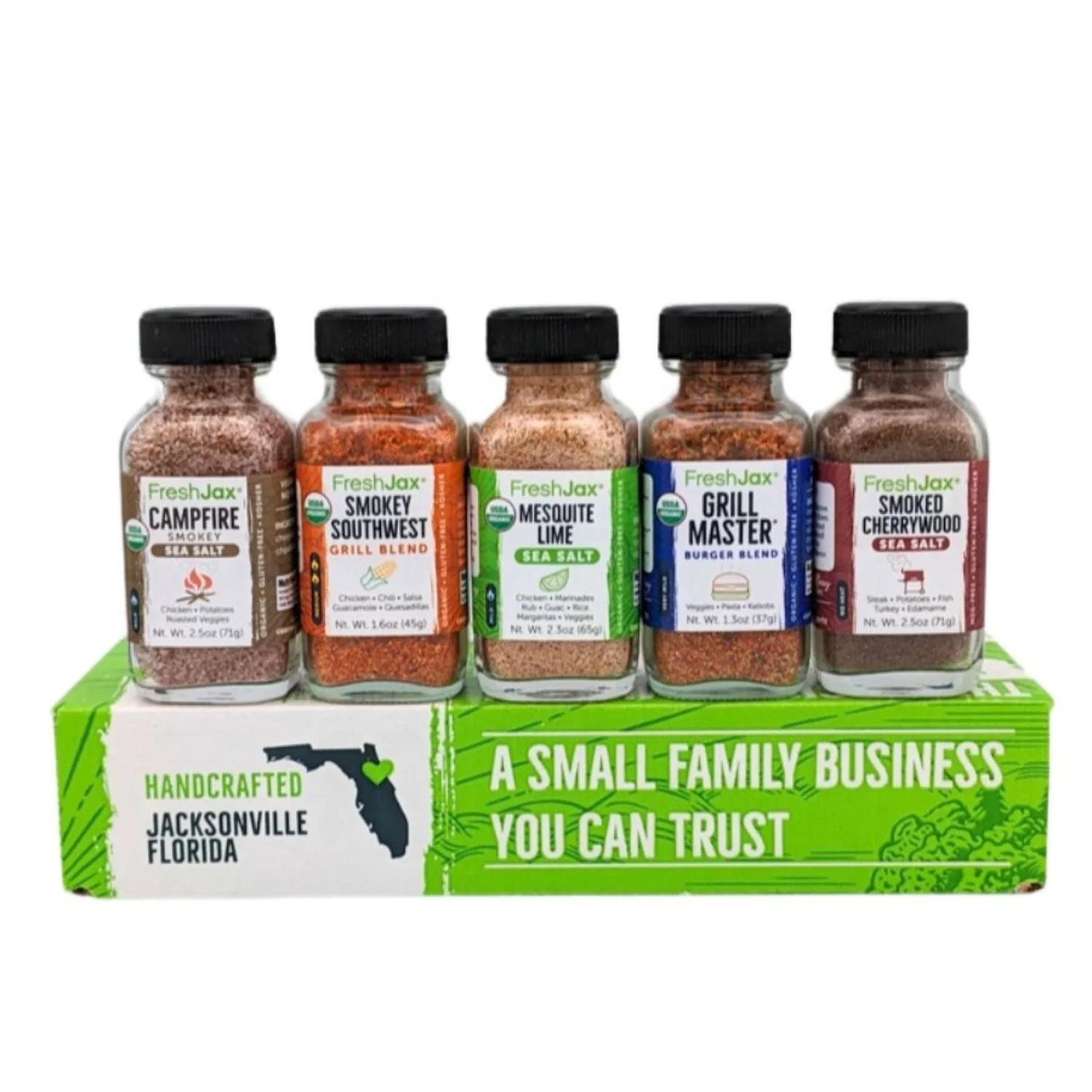Smoked spice, also known as synthetic cannabinoids, is a substance that has gained popularity in recent years. Its chemical composition and effects differ from natural cannabinoids found in cannabis, making it a unique and potentially dangerous alternative. In this article, we will delve into the details of smoked spice, its components, and the potential risks associated with its use.
What is in Spice Vape Juice?
Spice vape juice is a product that contains synthetic cannabinoids. These lab-made compounds mimic the effects of natural cannabinoids found in cannabis but can be significantly more potent. The potency and effects of smoked spice can vary from person to person, making it a risky substance to use.

The European Monitoring Centre for Drugs and Drug Addiction (EMCDDA) conducted tests on smoked spice and confirmed that it contains synthetic cannabinoids. These lab-made compounds have a higher potency compared to naturally occurring cannabinoids, posing a greater risk to individuals who use them.
Is HHC the Same as Spice?
A recent technical expert meeting held by the EMCDDA shed light on a new semi-synthetic cannabinoid called hexahydrocannabinol (HHC). Unlike the synthetic cannabinoids found in spice-type products, HHC can be derived from cannabidiol extracted from low-THC cannabis (hemp).
Current laboratory studies suggest that HHC has similar effects to THC, the primary psychoactive substance in cannabis. However, the pharmacological and behavioral effects of HHC in humans have not been extensively studied. Anecdotal reports from consumers indicate that the effects of HHC may be similar to those of cannabis.
HHC is openly sold as a legal replacement for THC and cannabis in various branded and unbranded products. These products, including hemp sprayed or mixed with HHC, vapes, and edibles, are marketed as legal highs and often make direct comparisons to the effects of THC and cannabis. This easy accessibility and attractive marketing strategy may contribute to a potential increase in demand for HHC products in Europe.

As of December 15, 2022, HHC has been identified in at least 13 European Union (EU) Member States. However, the availability and use of HHC in Europe might be more widespread than reported seizures suggest, as indicated by informal reports from Member States and initial results from internet monitoring.
Understanding the Risks and Future Monitoring
Smoked spice, including HHC and other related semi-synthetic cannabinoids, presents potential risks to individuals in Europe. Existing cannabis users and inexperienced individuals may be attracted to these products due to their effects and legal status. The ease of access, such as high street CBD and vape shops, may further promote their use.
The EMCDDA and its partners will continue to closely monitor this rapidly developing market to enhance preparedness and response at both national and EU levels. It is crucial to gather more information on the availability, use, and potential risks associated with smoked spice to ensure the safety and well-being of individuals.

Frequently Asked Questions
- Q: What are synthetic cannabinoids?
- Q: How potent are synthetic cannabinoids compared to natural cannabinoids?
- Q: Are there any risks associated with smoked spice?
- Q: Where can smoked spice products be found?
Synthetic cannabinoids are lab-made compounds that mimic the effects of natural cannabinoids found in cannabis.
Synthetic cannabinoids can be significantly more potent than natural cannabinoids, leading to potentially stronger effects.
Yes, smoked spice, including HHC and related semi-synthetic cannabinoids, poses potential risks to individuals, especially those who are inexperienced or unaware of the substance's effects.
Smoked spice products, such as vapes, edibles, and hemp mixed with synthetic cannabinoids, can be found in various stores, including high street CBD and vape shops.

In conclusion, smoked spice, also known as synthetic cannabinoids, is a substance that contains lab-made compounds with effects similar to natural cannabinoids found in cannabis. However, these synthetic compounds can be significantly more potent, making them potentially dangerous. The availability and use of smoked spice, particularly HHC and related semi-synthetic cannabinoids, are being closely monitored to ensure the safety of individuals in Europe.
If you want to know other articles similar to Exploring smoked spice: composition & effects you can visit the Synthetic cannabinoids category.

